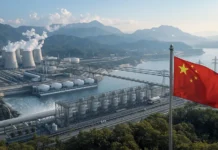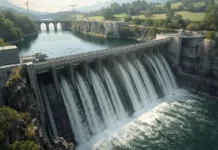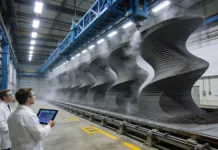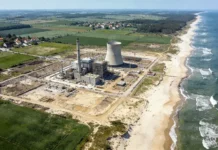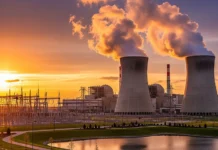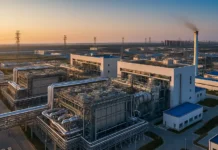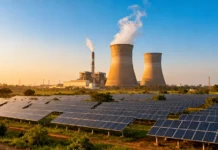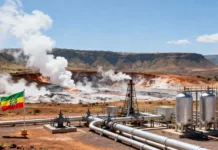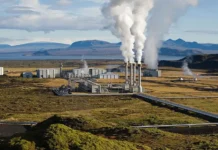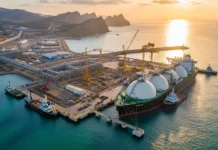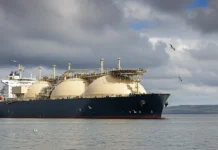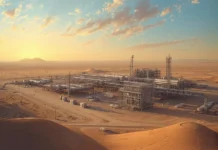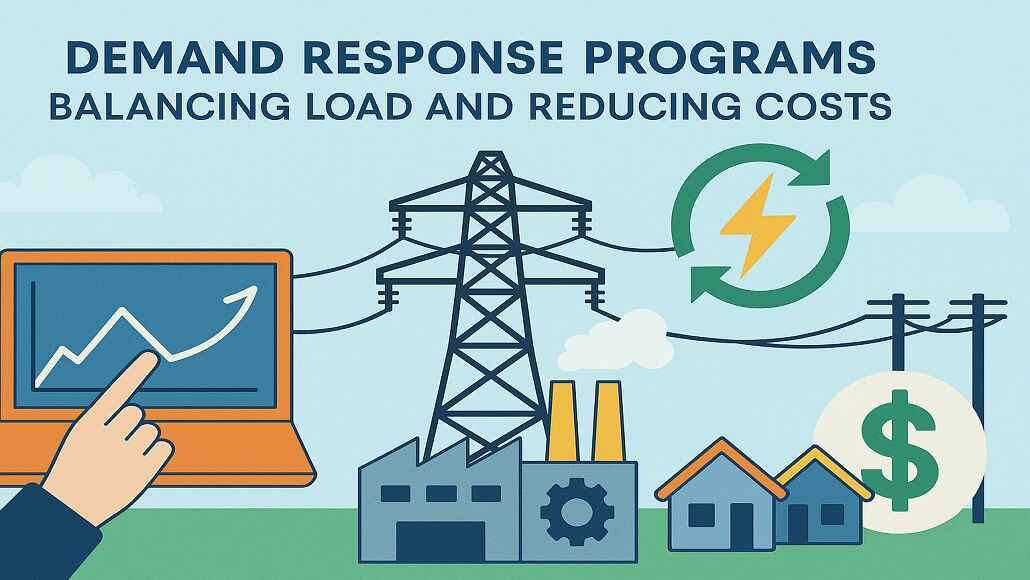Demand Response (DR) programs have grown to be an essential component of sustainably managing energy requirements as demand rises, renewable penetration rises, and environmental responsibility becomes more important.┬Ā Customers, utilities, and grid operators can collaborate through DR Programs to maintain grid balance, save energy expenditures, and achieve total supply and demand balance.
Demand response programs are fundamentally about flexibility.┬Ā They advocate for changes to energy consumption during peak hours or periods of severe grid stress, either by reducing consumption or shifting it to periods of lower demand.┬Ā This flexible energy regulation not only reduces system stress, but it also has the ability to save significantly while increasing environmental conservation.┬Ā Demand response initiatives are transforming the way energy is captured and managed at a time when global efficiency and sustainability have become critical goals.
Understanding Demand Response
Demand response is the planned alteration of energy usage according on market variables such as price variations or infrastructure levels, on a set timetable.┬Ā People can opt to implement adjustments themselves, be financially rewarded for doing so, or have superior energy management technology make changes for them automatically.
There are two types of demand response programs, incentive-based and time-based pricing.┬Ā Incentive-based programs reward those that cut or shift their energy consumption when it is most needed or the grid is stressed.┬Ā Time-based pricing programs, on the other hand, encourage consumers to modify their usage patterns by varying electricity rates based on the time of day or season. For example, electricity prices may be higher during peak periods and lower during off-peak hours, motivating consumers to optimize their energy consumption.
While demand response is not a new concept, its value has expanded dramatically in recent years as more sustainable energy sources have been used.┬Ā While solar and wind power are required to accomplish decarbonisation goals, they are inherently intermittent and difficult to predict.┬Ā These variances are simple and inexpensive to handle with demand response, which ensures that demand and supply are balanced without requiring any more generation capacity.
Benefits of Demand Response Programs
Demand response systems improve the grid’s reliability and resilience, which is one of their most significant advantages.┬Ā Networks can get congested during times of excessive energy demand, such as heat waves or cold snaps.┬Ā This raises the risk of outages and blackouts.┬Ā Demand response alleviates this pressure by altering or reducing energy usage, ensuring that power supply remains steady and reliable.
Another big benefit of demand response techniques is that they reduce energy costs.┬Ā Participants who limit their electricity consumption during peak hours typically receive financial incentives from utilities.┬Ā These methods reduce costly peaking plants that are only used during times of heavy demand.┬Ā Operating such plants becomes more cost effective.
Environmentally, demand response promotes sustainability by reducing reliance on fossil fuel power generation.┬Ā Participating minimises greenhouse gas emissions and promotes cleaner systems by increasing utilisation and incorporating renewables.
Real-World Applications
Demand response programs have been successful in every part of the world, and they benefit both consumers and businesses.┬Ā Controlling consumption is a key part of energy management in the United States, particularly in areas with high power use.┬Ā The US Department of Energy believes that demand response reduces peak electricity usage by up to 20%.┬Ā This results in significant cost savings as well as environmental benefits.
California is a forerunner in renewable integration and demand response adoption.┬Ā The Demand Response Auction Mechanism allows actors to purchase flexibility resources from third-party aggregators, resulting in intense competition in a reserve market.┬Ā During heat waves, such programs enabled the state to increase its solar and wind energy portfolio while maintaining system stability.
Demand response is a key component in the transition to renewable energy sources throughout Europe.┬Ā Sophisticated demand response devices used in nations such as Germany and the United Kingdom contribute to grid stability while also reducing wasted energy.┬Ā For example, in Germany, demand response helps to level off the fluctuating output of wind energy generated in the north by dynamically balancing overall energy consumption and production patterns.
Demand response is also becoming effective in emerging economies that wish to improve infrastructure and extend energy availability.┬Ā In India, where grid instability and power outages are common problems, demand response systems are employed to help businesses and industries use power more efficiently.┬Ā Not only can such initiatives improve grid reliability, but they also lower the cost of energy for businesses and communities.
Technology and Innovation in Demand Response
Demand response functions are always developing as new ideas and technologies emerge.┬Ā Demand response programs work because of technical advances that enable real-time monitoring, communication, and control of energy consumption.┬Ā Smart meters, the Internet of Things, and smart energy management systems all help to assist these objectives by allowing for the widespread implementation of demand response.
Machine learning and artificial intelligence are also altering demand response by leveraging historical and real-time data for predictive analysis and automated decision-making.┬Ā AI systems analyse massive amounts of existing and new data to estimate future energy requirements and create efficient load shifting plans.┬Ā For example, an AI-powered platform may forecast peak times based on weather and consumer demand, allowing utilities to modify loads in advance.
Blockchain technology has the potential to disrupt demand response schemes, specifically decentralised energy networks.┬Ā ProsumersŌĆöthose who create their own energy through solar panels or other meansŌĆöcan now easily participate in transparent and verifiable peer-to-peer energy trade using blockchain.┬Ā When implemented on a wide scale, demand response presents both challenges and opportunity.
Challenges and Opportunities
Currently, many consumers are unaware or uninterested in demand response.┬Ā Educational outreach is critical to demonstrating how these schemes benefit both the environment and the wallet.┬Ā Changing views and increasing comprehension are critical to encouraging more participation.┬Ā Regulations and energy markets must be reformed in some areas; frameworks should incentivise demand flexibility rather than limiting widespread use and impact.┬Ā Policymakers must develop laws and regulations that properly empower demand response.
Furthermore, reliance on real-time data and networked devices introduces cyber vulnerabilities that may jeopardise sensitive information or system integrity.┬Ā Utilities and technology businesses must have strong security procedures to secure private data and ensure continuous functioning.┬Ā Only by addressing awareness, legislation, and security will demand response realise its full potential to transform energy networks in a dispersed, consumer-driven future.
Though demand response has difficulties, its future is filled with potential to expand and build new concepts.┬Ā The global demand response industry is expected to grow at a 15.1% annual rate between now and 2030.┬Ā This is due to rising energy demand, increased use of renewables, and evolving technologies.
The Road Ahead
As the energy industry evolves, demand response systems will become increasingly important for grid stability, cost efficiency, and environmental sustainability.┬Ā Demand response facilitates dynamic energy management and fosters collaboration between utilities, customers, and technology providers.
Emerging trends, such as the combination of electric vehicles and storage with demand response programs, are likely to increase their effectiveness.┬Ā For example, EVs can function as mobile power banks, giving utilities more load balancing and renewable integration choices.
To summarise, demand response initiatives are transforming the way customers engage with the grid.┬Ā This improves the energy system’s efficiency, durability, and resilience.┬Ā Demand response has the potential to completely rebuild global energy systems in ways that go far beyond cost savings.┬Ā This is achievable with more investment in technology, education, and legislative incentives.

















